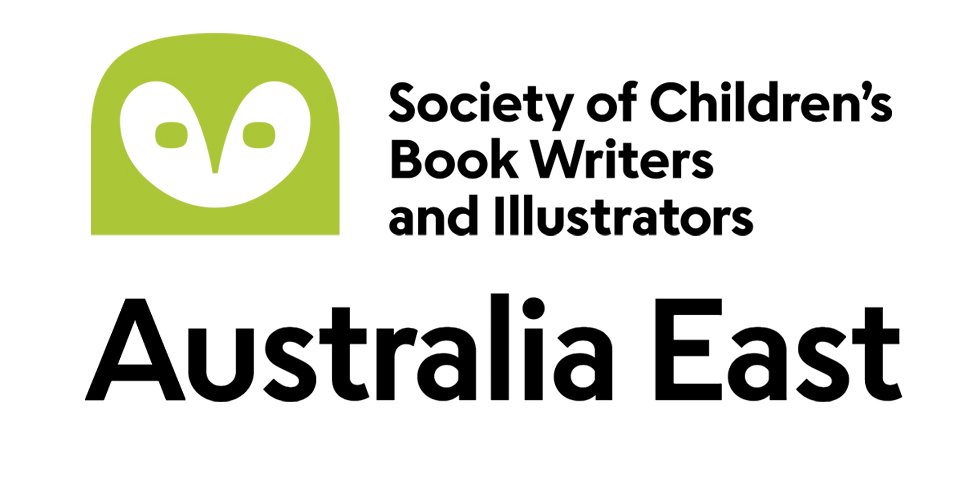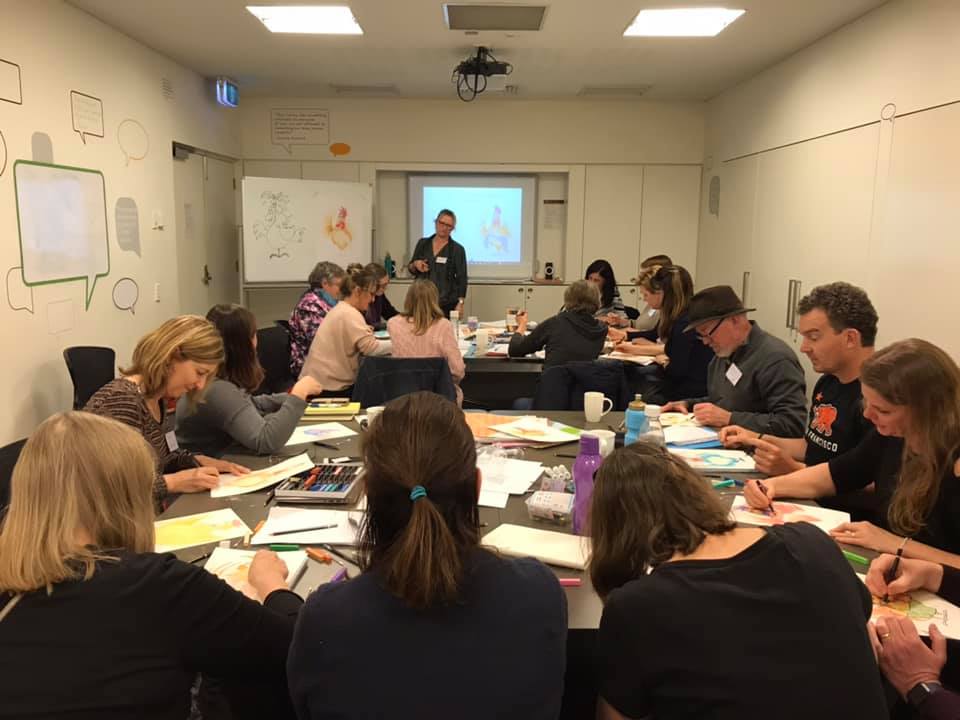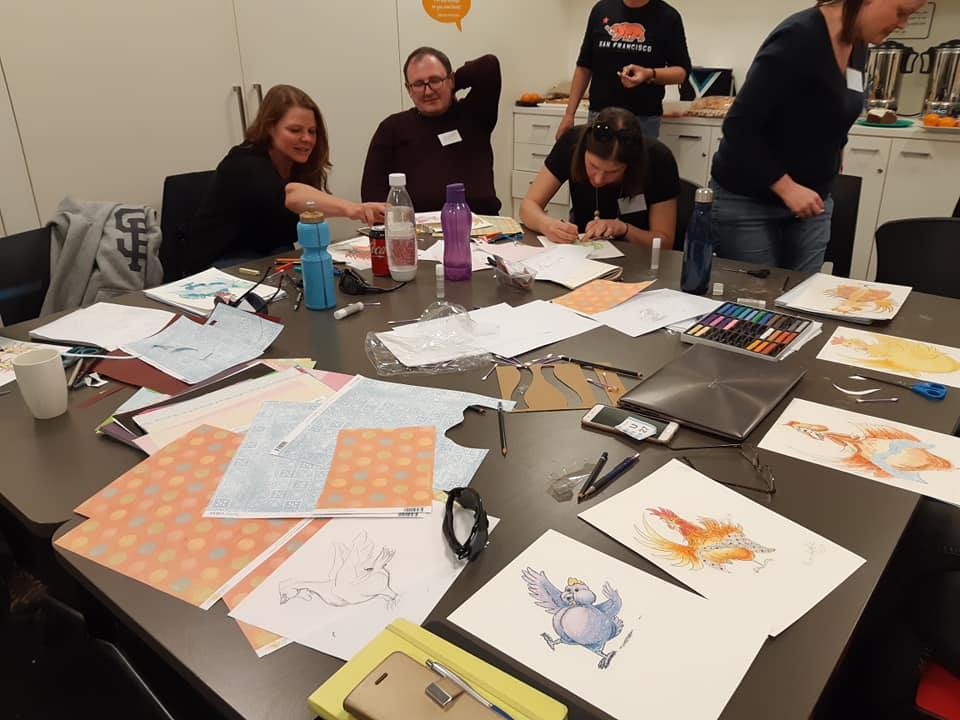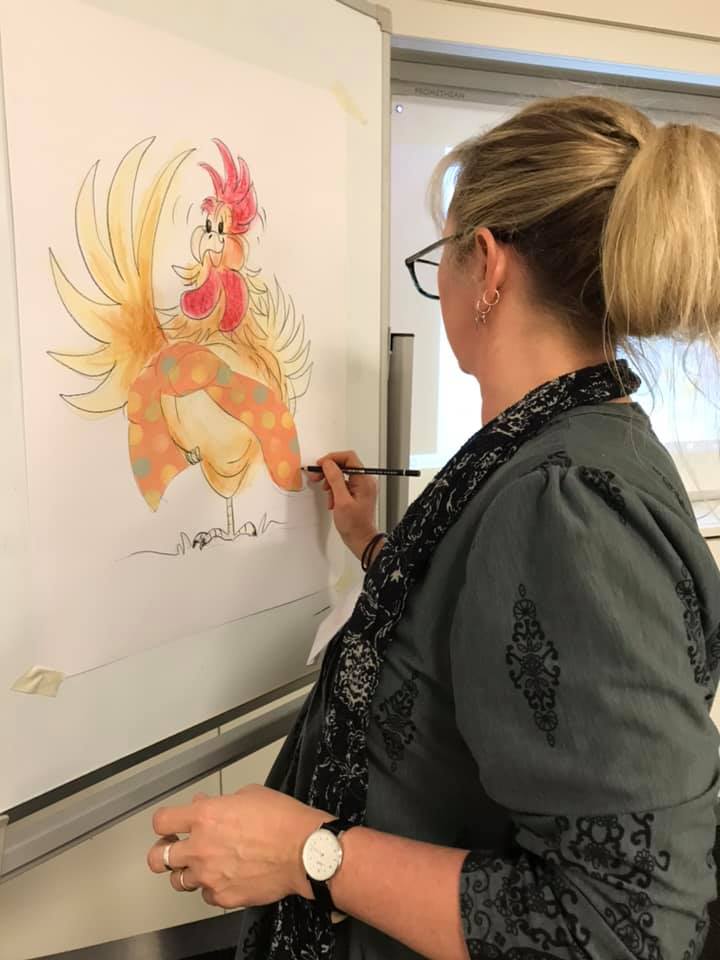by Alys Jackson
Some members arrived early to the Coventry Library, Stirling, for the Winter Retreat on July 20 2019. While many began busily setting up the lunch table, those booked into critique sessions had the wonderful opportunity to have their work read and feedback delivered in an open, professional atmosphere. Kelly Hibbert then kicked off what was to be a day packed with wisdom and chickens.
South Australian artist, Claire Richards, offered up some great tips on using drawing as a tool for writing. Drawing is, she believes, a great way to work through writers block or at least to enable us to catch those fleeting ideas in a way that keeps the originality of the initial thought.
Claire’s top tips:
· create a pinboard – for images and ideas
· get into costume – hats help when writing dialogue
· strike a pose – it can help bring out a character’s personality
· draw stick figures – so you don’t get attached to a particular style of illustration
· give drawn characters memsorable features to help recall them
· mind maps – are a useful way to develop characters or a plot
· map out your storyline to check details and find the Point of No Return
· get out – sketch and write in places where you can be quietly observant
· family trees – help to visualise how characters connect
· aerial maps – help to visualise places
Carrie Gallasch - The Story Behind the Stories
Author Carrie Gallasch offered us an insight into what it means to be a writer. She started by reminding us that everyone has a story. Don’t be put off by self-doubt, she advised. It is important to acknowledge the doubts you may have and to admit that you do care.
As a child, Carrie hated literacy and reading. It was outdoors where she finally discovered her creativity. Children, she believes, need to be bored; it is the platform for creativity and something sorely lacking in today’s fast-paced digital world. If boredom is the driving force of creativity, then pain, she says, is the purpose. She suggested we ask ourselves why we do what we do, perhaps even to write a mission statement.
For Carrie, nature is the inspiration behind her writing. She explained how she often uses her camera to capture moments that might later become the ‘seed’ of a story. She shared some of her photographs each filled with small but important details; a crate of oranges left out by a neighbour, a laughing child, and autumn leaves. Explore your senses, she advised, and tap into your memories, it is these things that make a story sing.
Carrie’s top tips:
· learn to love and accept your talents – we all get rejections
· take the time to stop and notice details – look for the seed of a story
· take a writers course
· enter competitions to get feedback
· manuscript assessments can be invaluable
· write down key words if you have a story idea
· every story must have a problem
· if something frustrates you in life use it to create a story
· go to writers festivals to get feedback and to make contacts
· publishers look for illustrators on Instagram
Mandy Foot – This is MY chicken

















